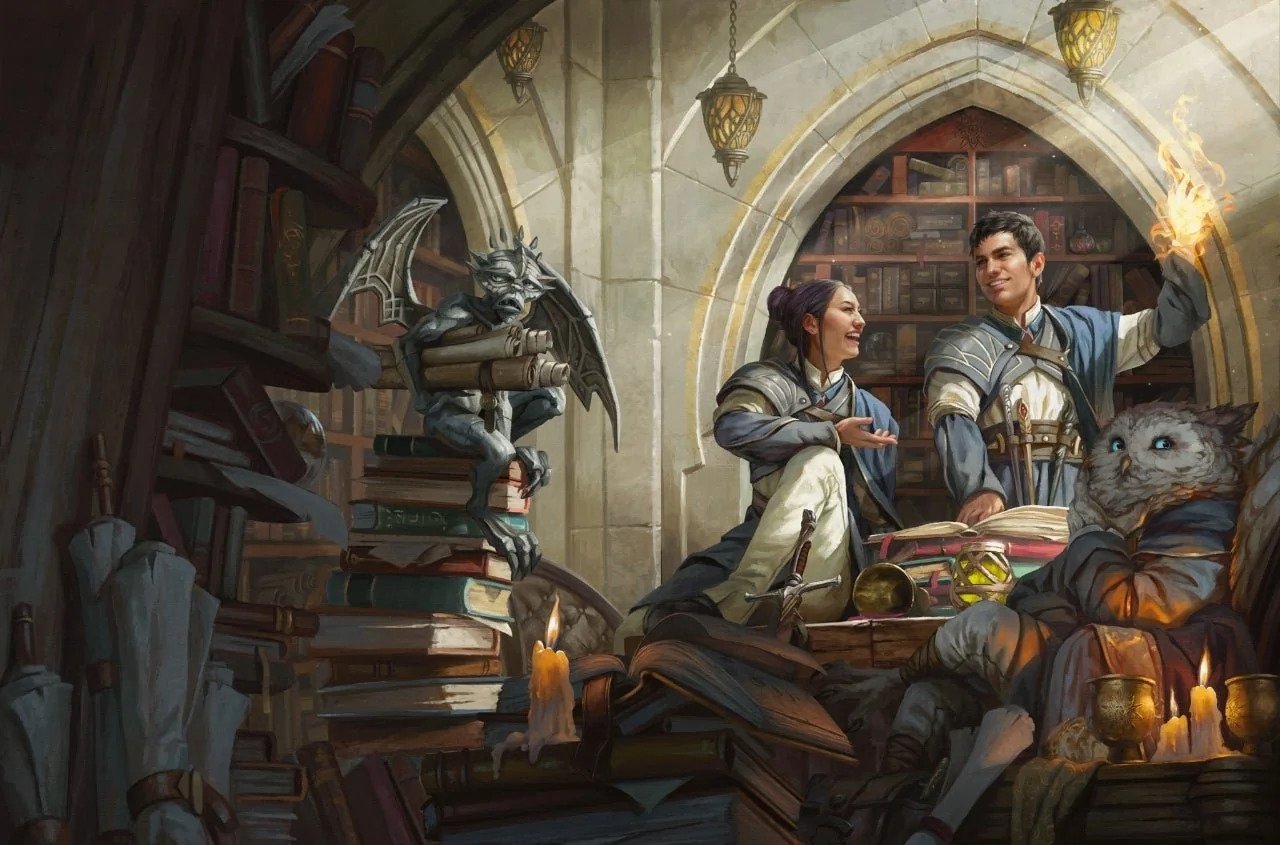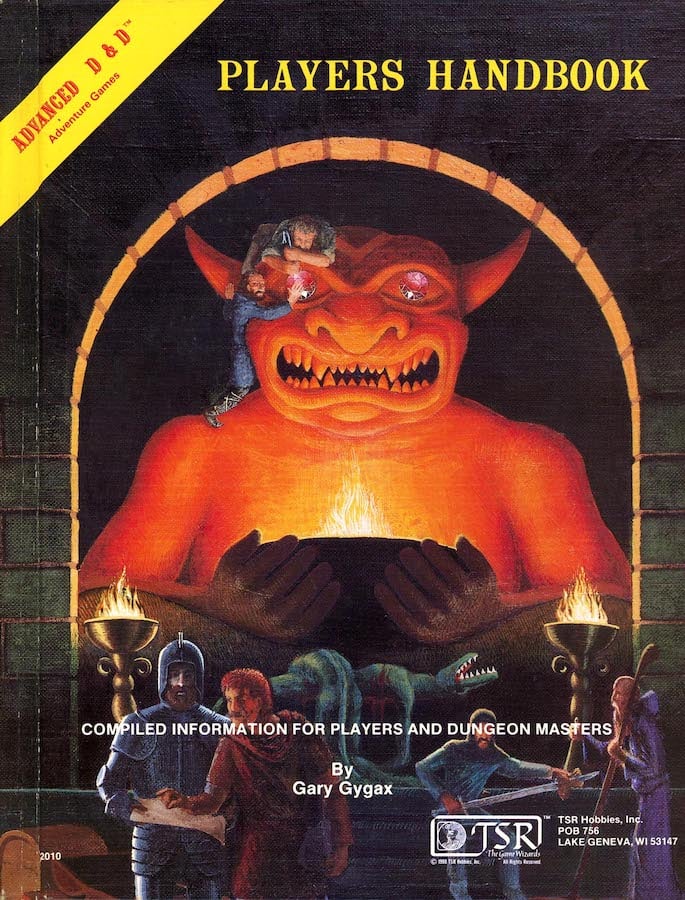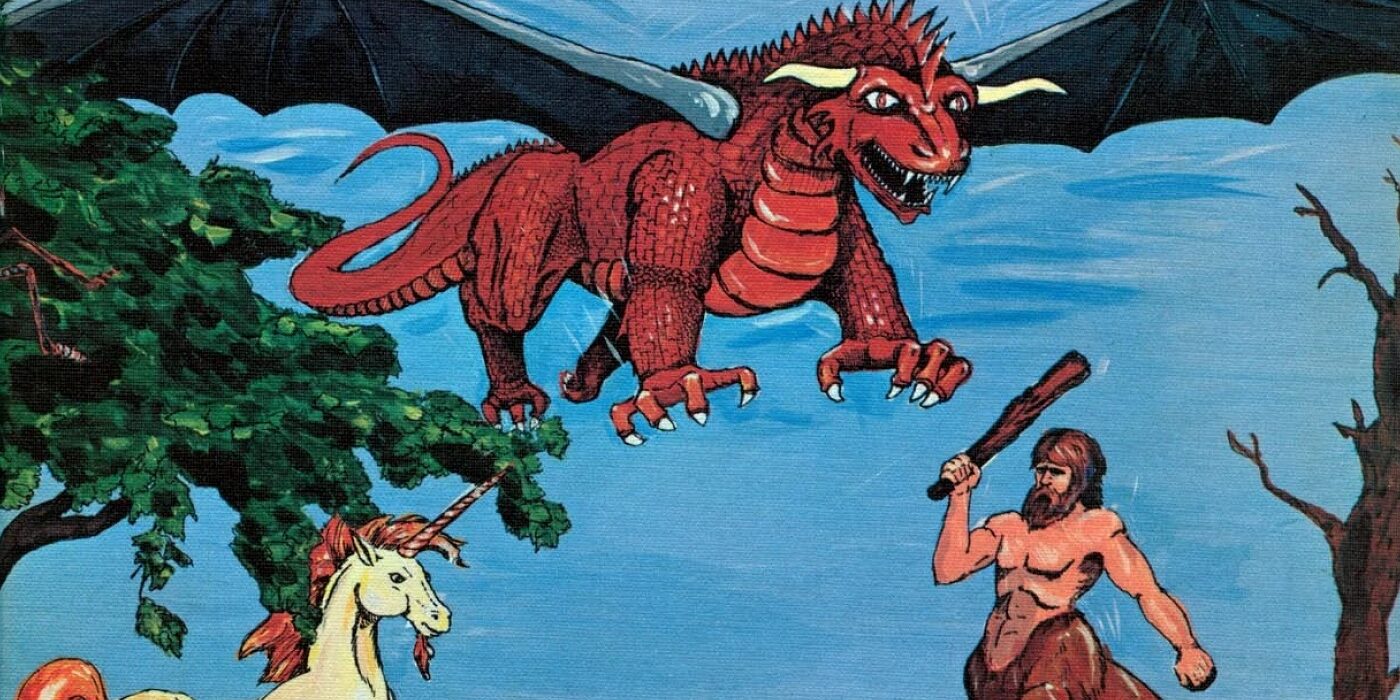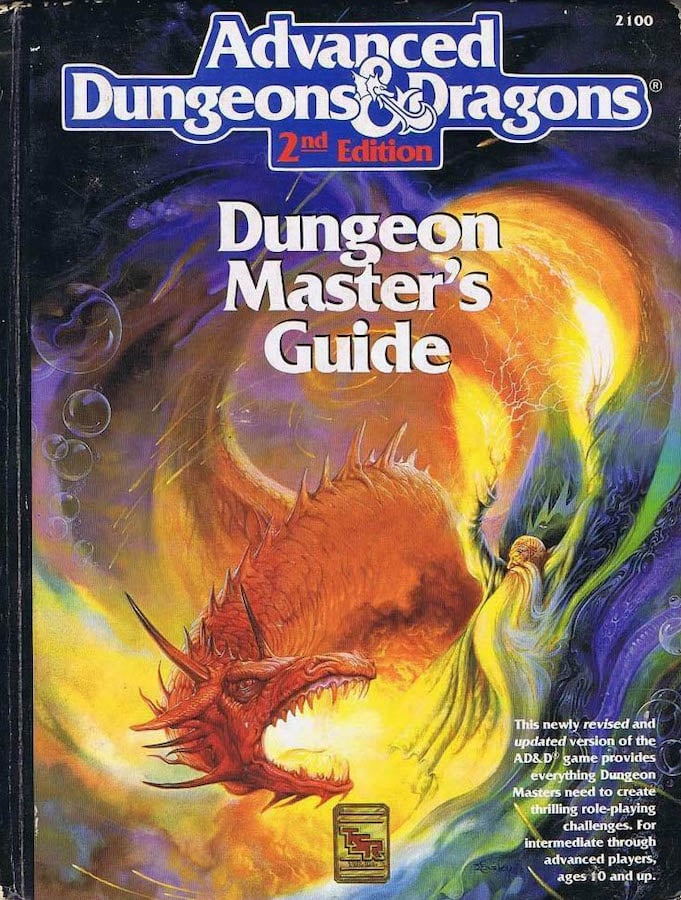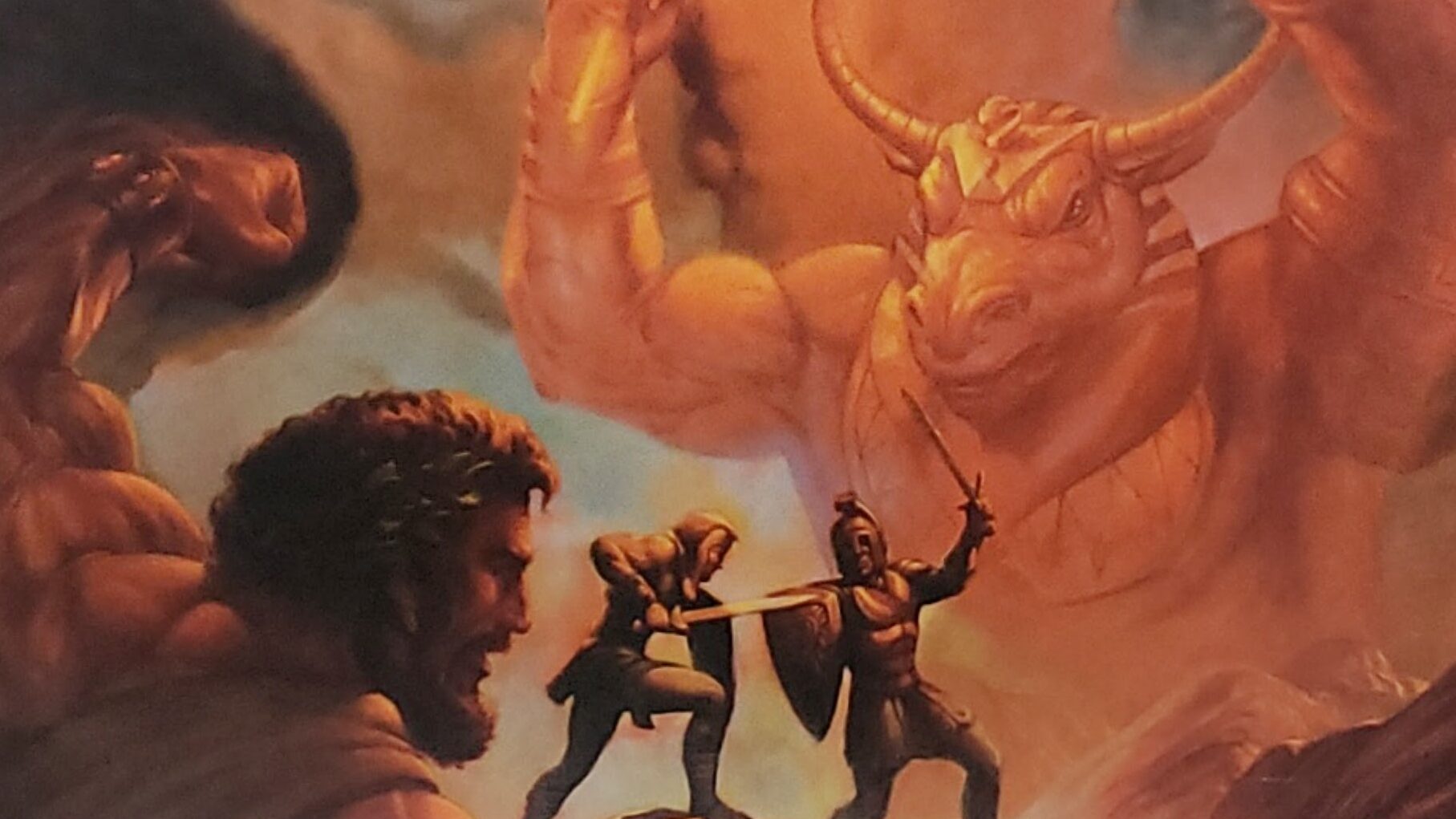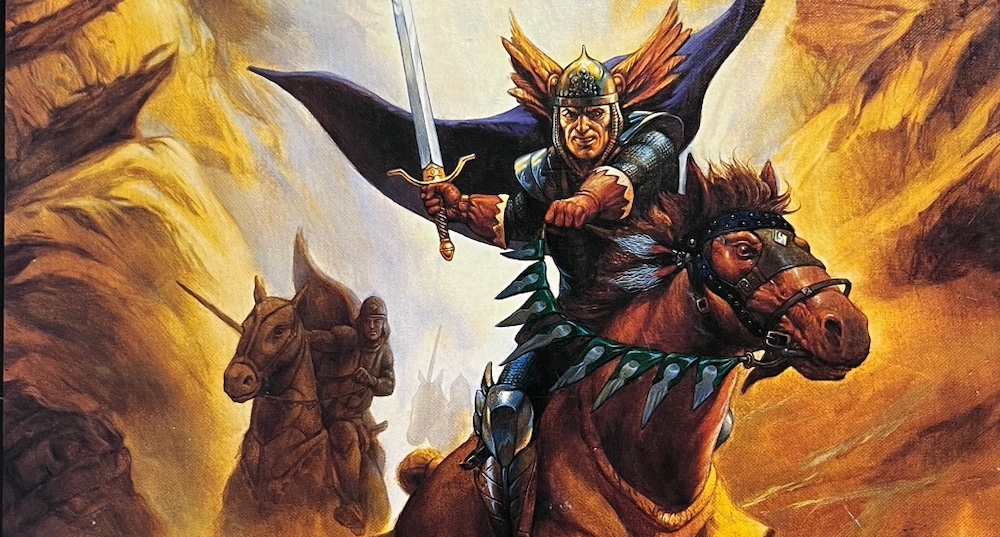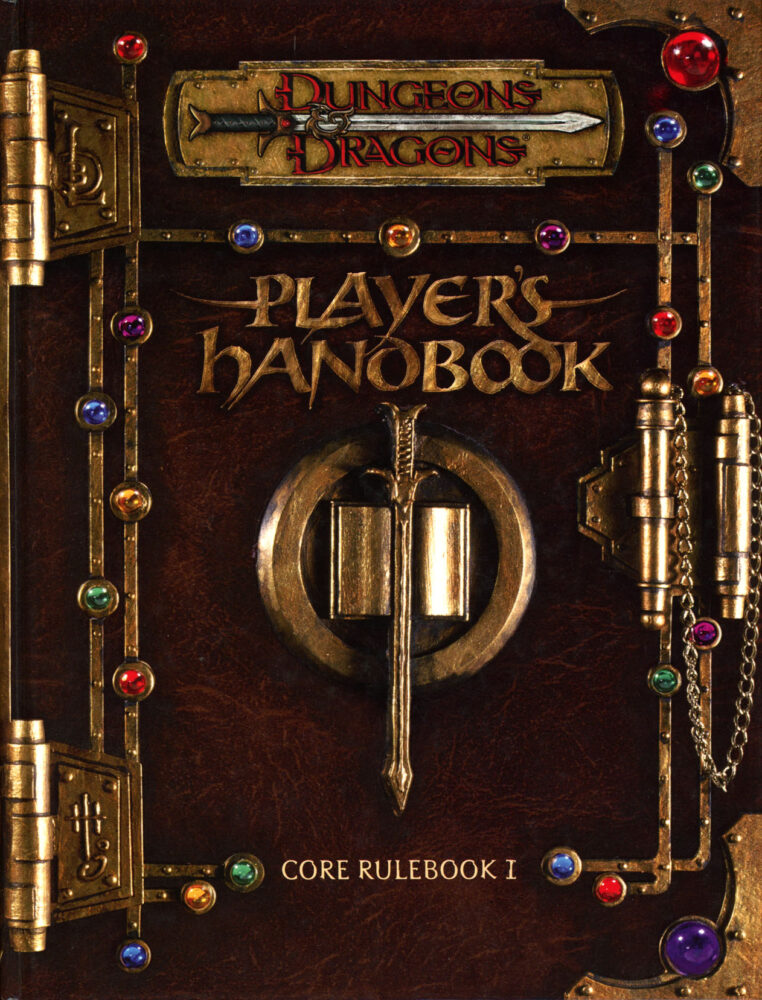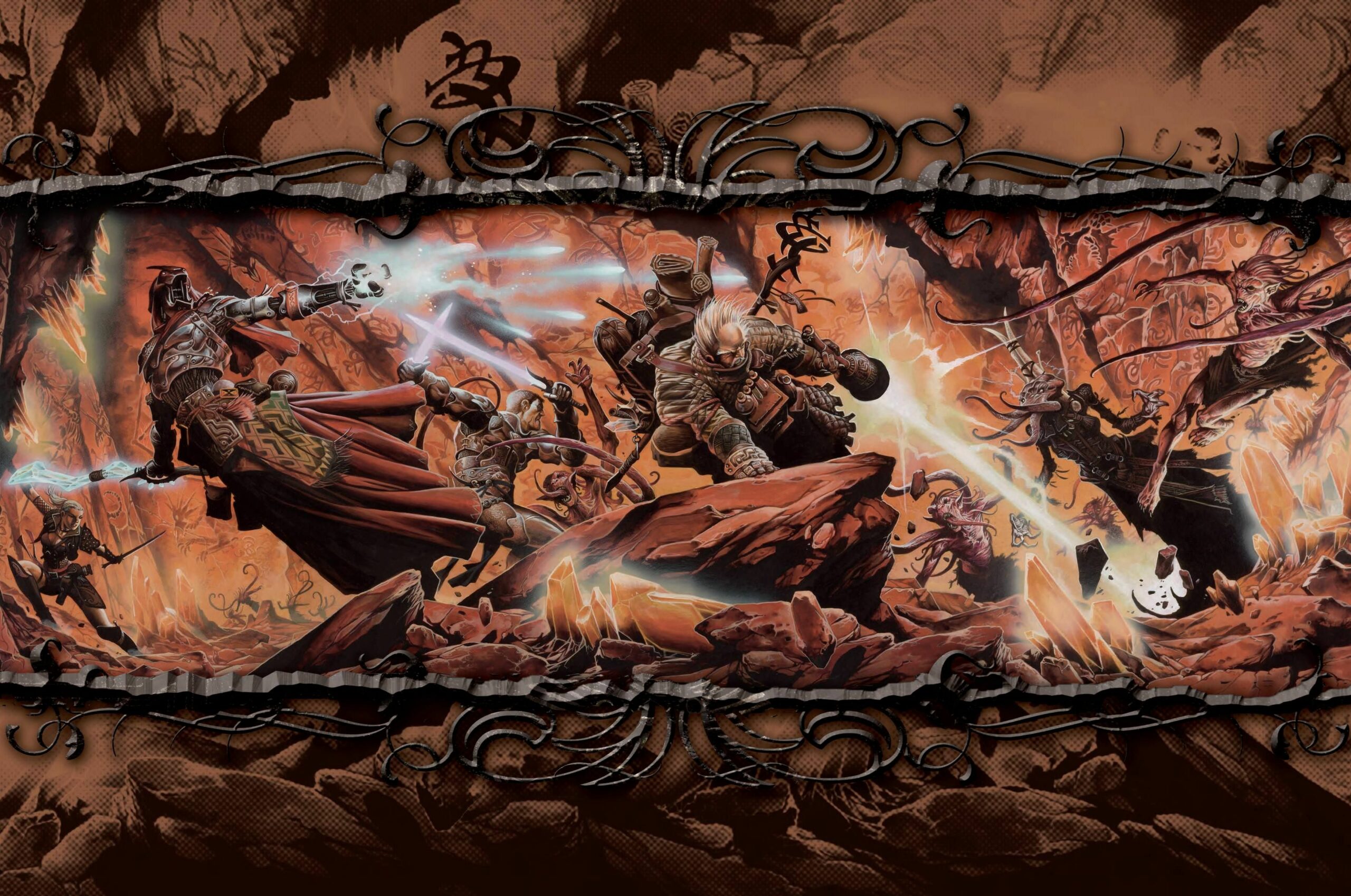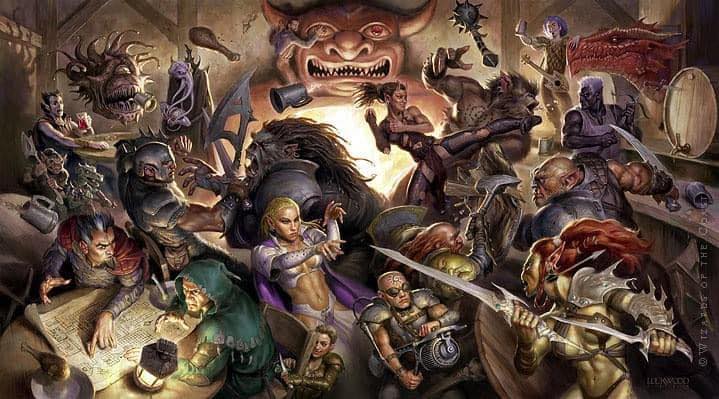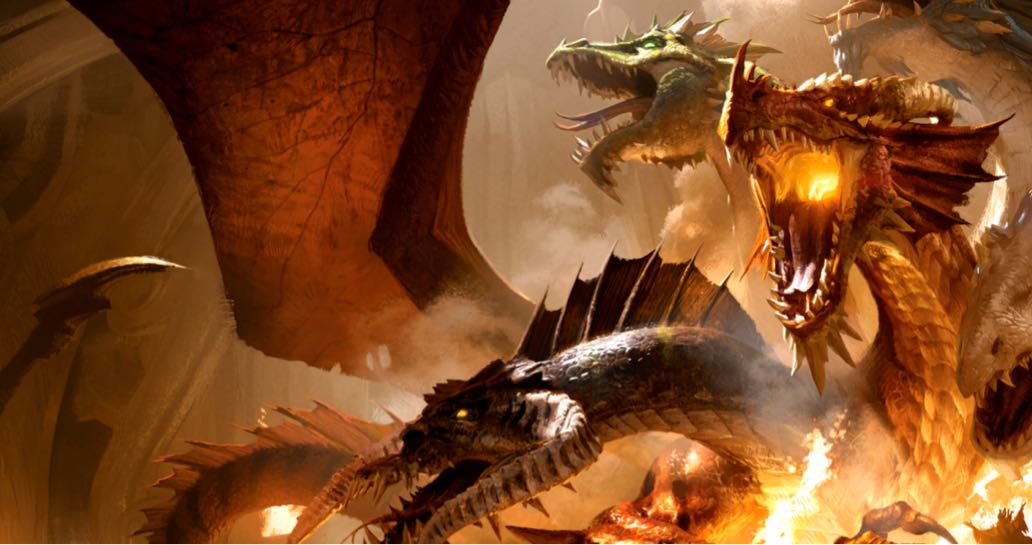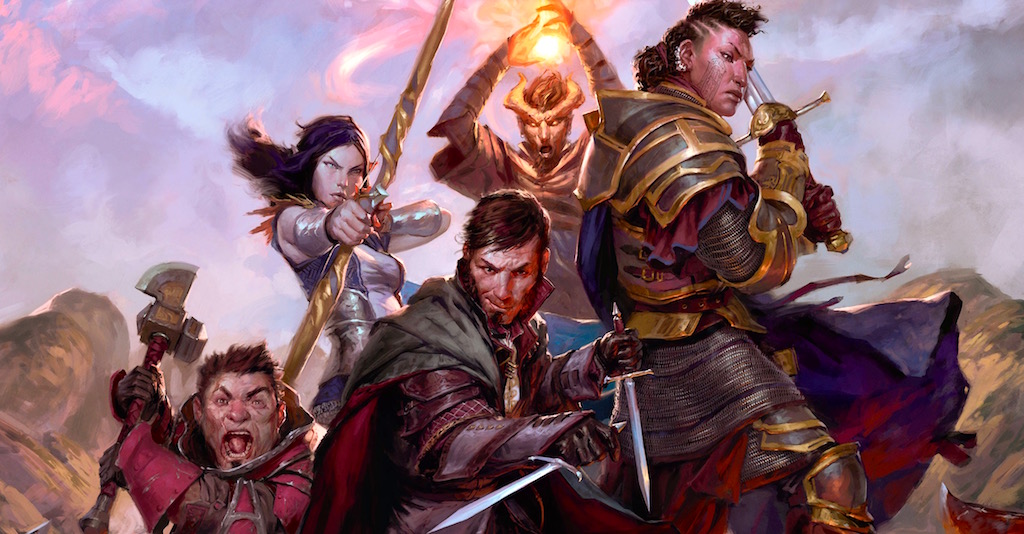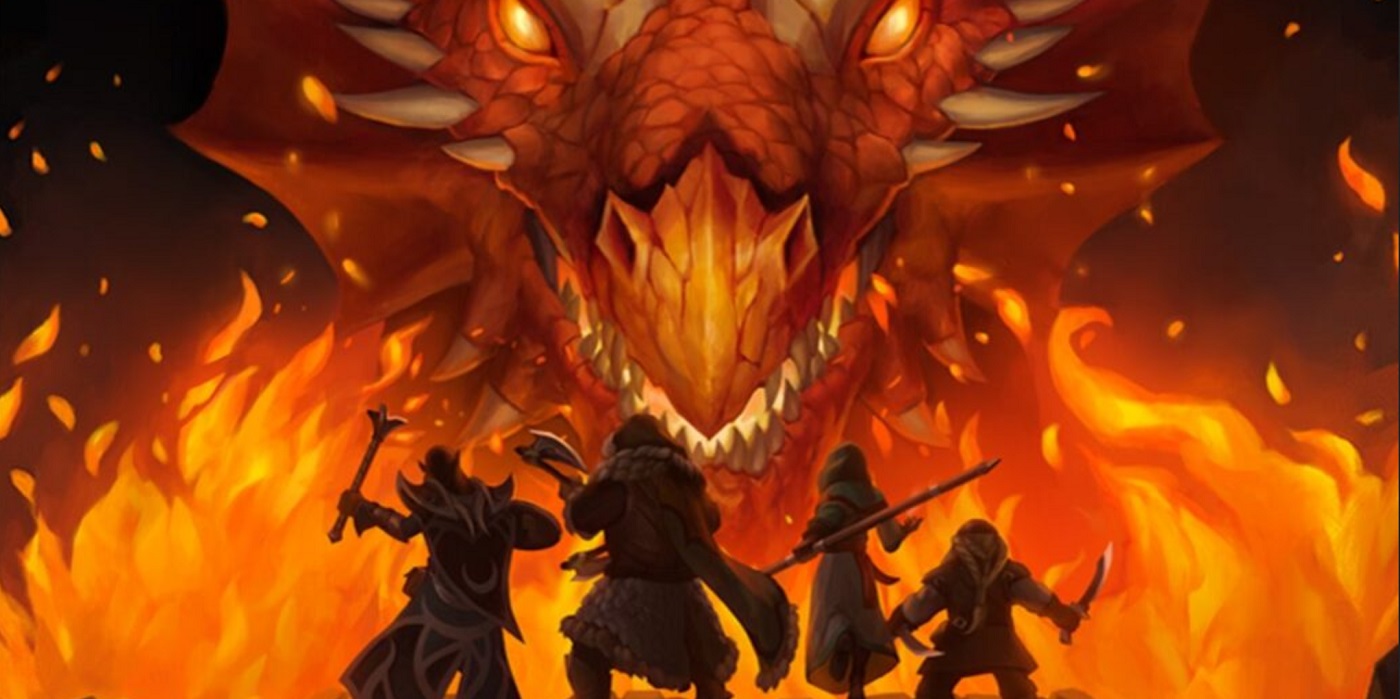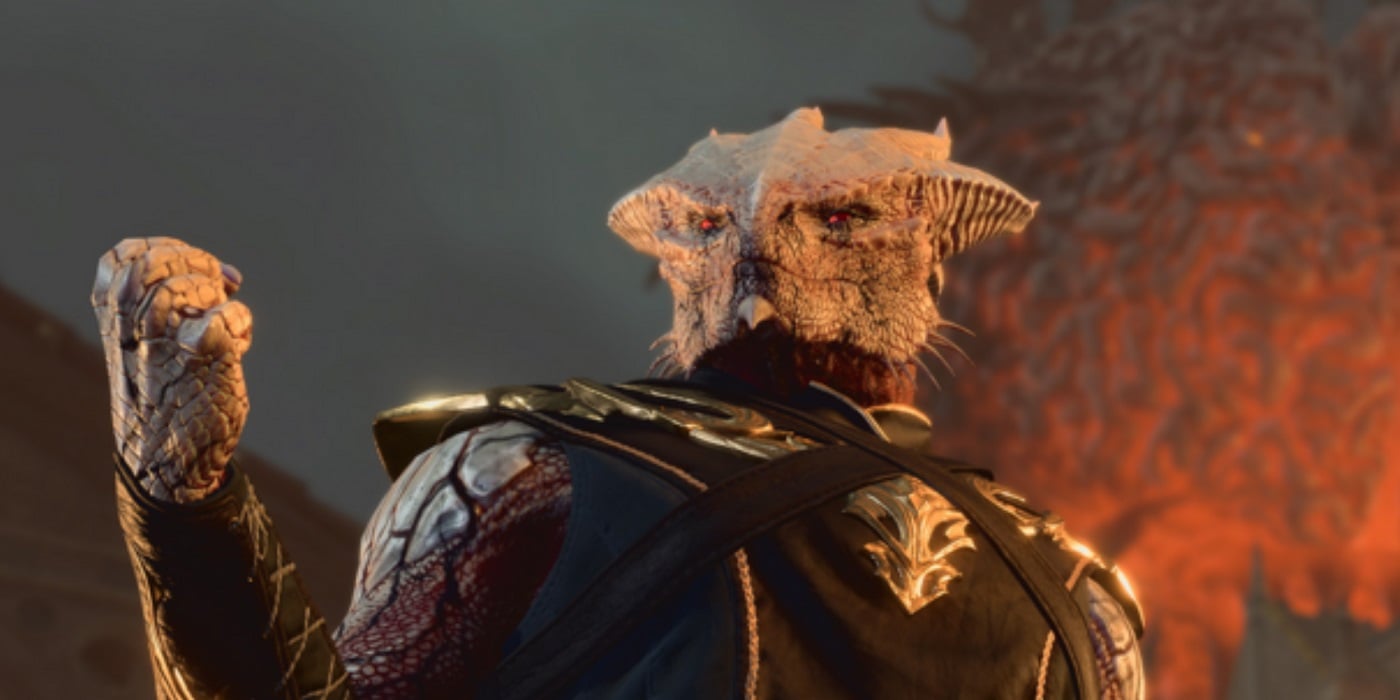D&D Beginner’s Guide: The Many Editions of Dungeons & Dragons
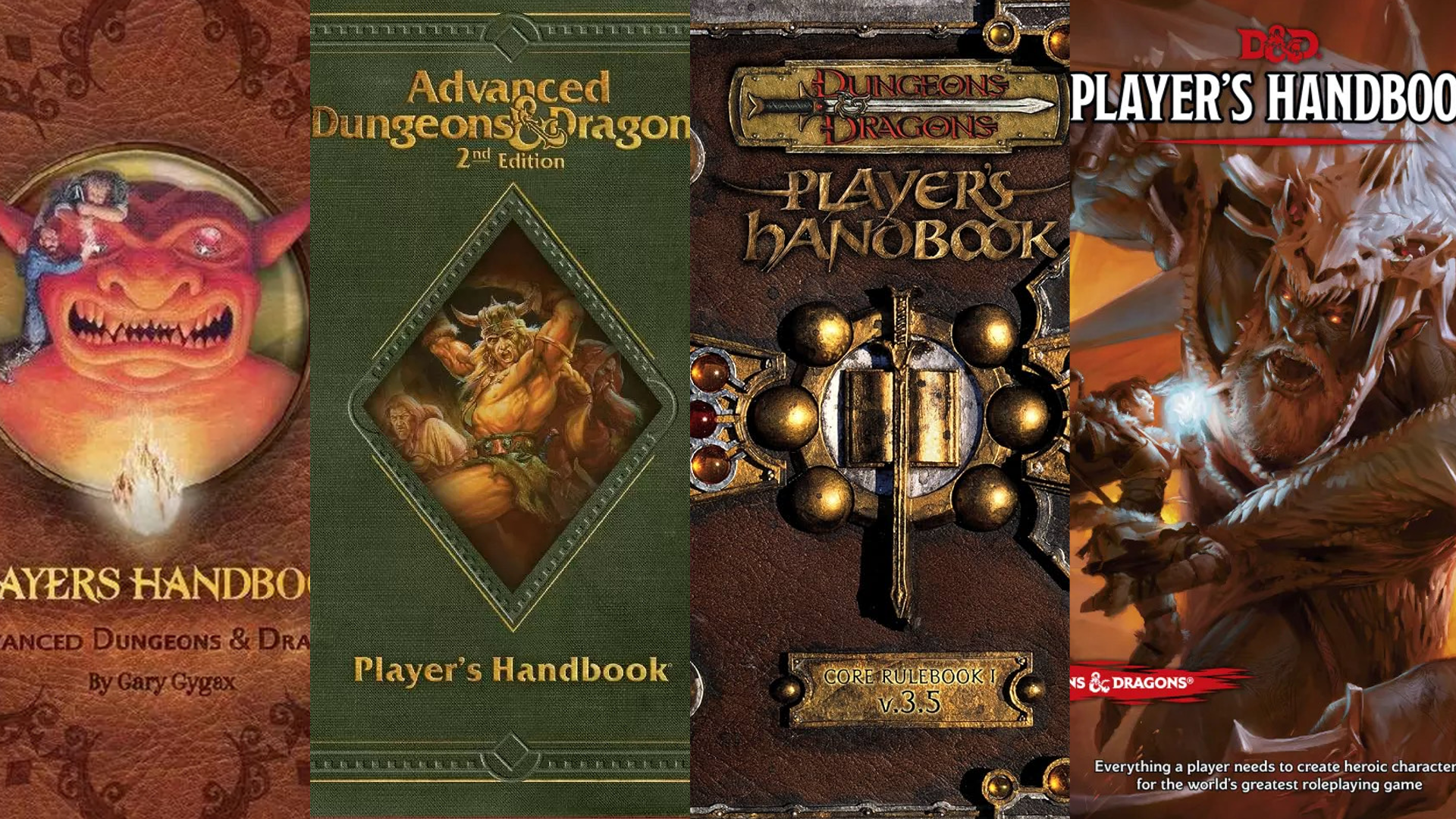

D&D has released tons of editions that update its core rules and content. Here are the pros and cons of D&D’s most popular editions and if you should play them!
D&D has a lot of editions and a lot of Dragons, which should be no surprise to anybody joining the hobby. Wizards of the Coast don’t just put that number at the end for aesthetics! The number dictates what version of the game is on. And throughout the years, this beloved roleplaying game has changed quite a bit.
Every passing edition teaches WotC valuable lessons about what works and what doesn’t. Even now, D&D continues to change and evolve as a game through new releases and fan-produced extensions.
Jump To…
Why 5E Out of All the D&D Editions?
Now, saying D&D 5e is the most popular edition of the game is NOT a hot take. Among opinions, being a fan of 5e is like being a fan of drinking water. Not that there’s anything wrong with that, of course!
However, what commonly happens among TTRPG players is a concept I like to call “System Burnout.” After playing the same system over and over again, players tend to exhaust their motivation for said system. And in the D&D community, developing a “burnout” like this always ends in one way—the players switch over to a different system entirely to try something new.
But what if I said this didn’t have to be the universal constant? What if there was a way to keep playing the system everyone loves while keeping it fresh and engaging?
It’s time to put down that 5th edition Player’s Handbook (PhB) and travel back into the past! These are the features of the D&D’s most popular editions and why you should (possibly) play them!
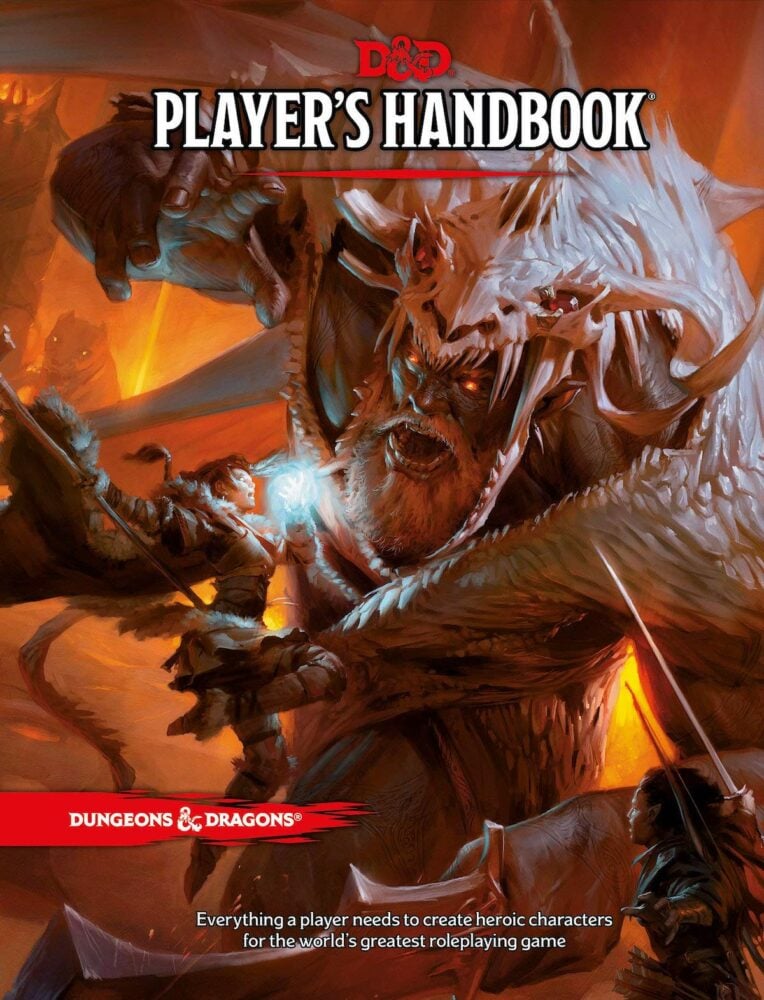
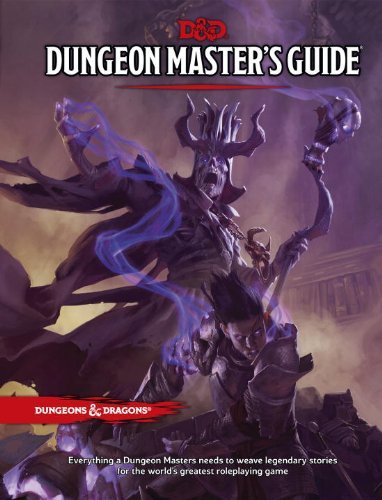
AD&D 1st Edition, Where It All Began
Advanced Dungeons & Dragons – 1st Edition was a groundbreaking addition to the early world of TTRPGs. Gary Gygax released AD&D 1e under Tactical Studies Rules (TSR) in 1978, presenting it as an immersive and enjoyable way to delve into fantasy. AD&D 1e was released after Original Dungeons & Dragons had its run with many new class additions and reorganized contents.
Old TTRPGs like AD&D 1e often have their resources lost to time. However, despite being older than most people invested in the hobby, the first edition of D&D still has quite a cult following. The excellent preservation of the AD&D PHB, DMG, and Monster Manual has made it incredibly easy to learn about 1e almost 50 years later.
Many still consider AD&D a solid system to run despite it not being as grandiose as most modern editions. The DM has much less agency due to the number of meticulously designed charts and mechanics present in the DmG. Players often feel more in control of the narrative because every action is less controlled by the DM and more by the book.
Playing AD&D 1e is described as more “boots to the ground” and more realistic than D&D 5e. Players were encouraged to build a character around their class instead of treating it like an afterthought, especially with only four “archetypes” available (Fighter, Cleric, Magic User, and Thief). This lack of class variety encourages both casual and serious players to hone in on the concept they’re trying to pull off.
One of the more interesting rules in AD&D 1e is that Natural 20s do not automatically pass the check. And, vice versa, Natural 1s do not automatically fail the check. This, along with slower power scaling between levels, makes player characters feel less like “Marvel Characters” and more like everyday adventurers.
Now, to get a little bit negative, AD&D 1e comes with a heaping handful of cons. However, these will vary from person to person, as they are very subjective.
While researching the system myself, one of the biggest red flags that stuck out to me was how hard it was to understand it from the perspective of a 5e enthusiast. Many of the mechanics of early D&D do not make sense when viewed from a modern lens. For example, armor class works in reverse, where an AC of 10 is easier to hit than an AC of -10. Let’s not start discussing combat because it is so different in AD&D 1e that I’d rather not open that can of worms.
Additionally, AD&D 1e can be relatively hard to understand grammatically because of its age. Things like “prestige classes” and “varying movement speed” can leave even the smartest TTRPG savants scratching their noggins.
I would only recommend playing a game of AD&D 1e as a learning experience. AD&D 1e is more fun as a learning experience, seeing how D&D has evolved and where its roots lie. But if a DM is privy to try running it for their group, there are more than enough resources to warrant a thorough read-through.
AD&D 2nd Edition, Let’s Do the Same Thing but BETTER
Moving on from 1st Edition, AD&D 2e is more or less a similar system when compared to its predecessor. David “Zeb” Cook released Advanced Dungeons & Dragons – 2nd Edition in 1989, after Gary Gygax departed from TSR in 1985.
While not published under Gary Gygax’s name, David still included many of his ideas in the final release.
The core system of AD&D 2e doesn’t change much from the 1e. The main appeal of 2e was that it simplified previous mechanics while adding new character options for players. Both editions are so similar they are practically backward compatible.
One of the biggest draws of AD&D 2e is its wider variety of class options. The archetypes remain the same, now known as warrior, rogue, priest, and occultist classes, but each class possesses unique mechanics that set them apart from one another. This gives players way more range to design characters based on their chosen class’ mechanics and less on their overall archetype.
AD&D 2e features more content overall and offers stronger classes at earlier levels. This means that 2e would be better for parties that want to feel like main characters. No more peasantry for these adventurers!
Now, for cons, AD&D 2e has the same issues as its predecessor, especially in a modern-day context. While resources for 2e are plentiful, its mechanics are just as complex as 1e with some basic changes.
And while 2e boasts a lot of content, it doesn’t have a core dice system.
In most modern D&D systems, players roll d20s to do anything from opening chests to summoning hoards of meteors. Thinking 1e and 2e operate on a similar basis is a sore misunderstanding. 2e checks use a wide variety of dice, like using a d20 for opening doors but using a d10 to roll for initiative.
Just like 1e, I would only recommend running 2e if the party is looking for something new and wants a better appreciation for how far D&D has grown.
D&D 3.5e, Adventuring! Now With Infinite Possibilities!
Dungeons & Dragons 3rd Edition was first released in 2000 and was WotC’s first time publishing for the IP. Monte Cook, Jonathan Tweet, and Skip Williams wrote D&D 3e, and the community received it rather negatively.
Despite being more successful than 1st and 2nd Edition, D&D 3e sales were… not the best when it was first released.
Yet all that changed when a rerelease came out in 2003 known as Dungeons & Dragons 3.5 Edition.
The community hails D&D 3.5e for fixing the minor issues of D&D 3.0e and offering one of the most open and versatile fantasy TTRPG systems ever created.
Thanks to 3.0e’s newly introduced “prestige classes” mechanic, 3.5e boasts nearly infinite character creation possibilities. Starting with “core classes,” players can prestige their characters by fulfilling specific requirements as their character levels up.
Once players satisfy the prerequisites for their class, they can prestige their character, essentially choosing their subclass. Hexblade Warlock/Battlemaster Fighter characters have nothing on the chicanery an Ebon Saint Battle Trickster Storm Disciple can get up to! (Note that I have no idea if this is an overpowered character. Just know there’s no limit to how many prestiges a character can get).
D&D also has 3.0/3.5e to thank for its praised d20-centric dice system. This essential simplification makes the system easy for experienced TTRPG players and newbies to engage with.
Among previous releases of D&D, 3.5e has my seal of approval.
The system still has some flaws, of course. Compared to 1e and 2e, 3.5e has an incredibly slow pace, especially in combat encounters. With how many bonuses and modifiers there are to each dice roll, many simple checks become miniature algebra lessons.
Not to mention, because of the system’s versatility, most Dungeon Masters have a hard time prepping for 3.5e sessions since there’s so much to keep track of. From designing in-depth NPC and monster sheets to balancing late-stage PC builds. All of it can be a headache for the uninitiated and unprepared.
But if there was an edition of D&D I’d recommend over 5e? D&D 3.5e would be my number one pick, bar none. End of story. No questions asked. Every other edition cannot contest its versatility and open-ended character creation. And yes, this is a hill I will die on.
D&D 5e, Let’s Sit Down and Have a Good Time
There isn’t much I have to say in regards to D&D 5e. Apart from being the most popular edition of Dungeons & Dragons to date, it is also the easiest to understand.
WotC released Dungeons & Dragons 5th Edition in 2014, only six years following the failure of 4th Edition. The community widely despised the railroad, MMORPG-style D&D 4e. So, WotC intended for D&D 5e to return to what people loved about D&D from 3.5e.
And saying that they succeeded with 5e would be doing the system a MASSIVE understatement.
D&D 5e simplifies the more complex mathematics and mechanics of 3.5e while still being a versatile system that allows for streamlined, easy character creation and homebrew implementation.
This new edition was designed to be enjoyed by both casual and advanced players alike. Like 3.5e, characters gain most of their power in 5e from their class abilities rather than through magic items. It significantly improved D&D 4e’s lack of roleplay mechanics and its hyperfixation for combat.
I didn’t know asking for roleplay-centric abilities in a Tabletop ROLEPLAYING Game (Sarcasm) was too much.
Another massive positive that D&D 5e boasts over its predecessors is its widespread internet influence. Because of its explosion in popularity during an era of online virality, content is insanely easy to access. A straightforward Google search can give a player access to an entire database of information. From how to make a character to homebrew archetypes and spells they can flavor into their gameplay, if its D&D 5e, there is a high likelihood someone can simply look up whatever they’re looking for.
5e is easy to learn, has tons of official and fan-made content expansions, and generally is a great way to get into TTRPGs.
While I don’t have any issues with D&D 5e, the community has brought to attention some of their problems with the system. One big complaint is that 5e’s classes progress insanely slowly, with some classes having six-level gaps before they get a new ability.
But, again, I’d say that D&D 5e is excellent for new and old players alike for all its positives. And if it ever gets old to play, there are plenty of expansions and publicly available homebrew to play around with if system hopping isn’t something the party is down for.
What do you think? What edition of D&D is your favorite and why? Would you play some of the earlier editions?
Author’s Note: The previous version of this article stated numerous release date errors, such as that D&D 3.0e was released around the same time as Pathfinder. These errors have been updated and corrected. Additionally, a comment saying that each edition of D&D “improved” on its predecessors was removed.

